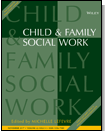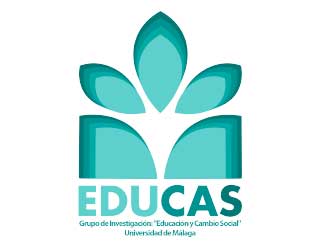Contact visits between foster children and their birth family: The views of foster children, foster parents and social workers
 1
/
1
1
/
1

María Dolores Salas, María Jesús Fuentes, Isabel Mª Bernedo, Miguel Ángel García-Martín.
Este estudio analiza las características de las visitas de contacto y examina las percepciones de los niños sobre la relación emocional que tienen con los padres de acogida y sus padres biológicos.
Categoría: Infancia y Juventud en riesgo social
Abstract
It has been argued that contact visits between foster children and birth parents can help maintain attachment bonds and support the child's development. However, some research suggests that such visits can be detrimental. This study analyses the characteristics of contact visits and examines children's perceptions of the emotional relationship they have with foster carers and their biological parents. Participants were 104 non-kinship foster children and their respective foster carers and social workers. Fifty-six of these foster children had contact visits with their birth parents. Foster children rated the quality of their relationship with foster carers and birth parents using the Affect Scale. Foster children, foster carers and social workers all completed the Evaluation of Contact Visits Questionnaire. Results showed that (i) a high proportion of children had no contact visits; (ii) the contact agreement was often not fulfilled; (iii) many visits were rated as poor quality; (iv) foster carers' evaluation of visits was more negative than that of both foster children and social workers; and (v) children who experienced poor-quality visits and perceived less warmth and more criticism/rejection from their parents. These results highlight the need to improve contact visits by developing intervention strategies targeted at all those involved.
Cómo citar: Salas, M. D., Fuentes, M. J., Bernedo, I. M. & García-Martín, M. A. (2016). Contact visits between foster children and their birth family: The views of foster children, foster parents and social workers. Child & Family Social Work, 21(4), 473-483. doi: 10.1111/cfs.12163




